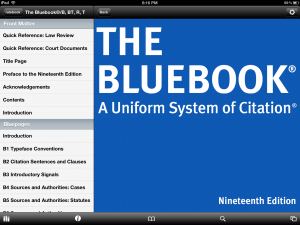Lawyering on the Right Side of the Brain
 There has been quite a bit of news lately on neuroscience and the law. The Law and Neuroscience Blog specifically focuses on the topic, discussing everything from lying to U.S. Supreme Court decisions which cite neuroscience research. This trend enhances the right brain vs. left brain discussions that have been around for decades. While modern technology is challenging some of those assumptions, recent studies have taken the right brain vs. left brain discussion into politics. Right brain functions are typically identified as more creative, while the left side of the brain is often identified with analytical skills, logic, and other functions one might typically associate with skilled lawyers.
There has been quite a bit of news lately on neuroscience and the law. The Law and Neuroscience Blog specifically focuses on the topic, discussing everything from lying to U.S. Supreme Court decisions which cite neuroscience research. This trend enhances the right brain vs. left brain discussions that have been around for decades. While modern technology is challenging some of those assumptions, recent studies have taken the right brain vs. left brain discussion into politics. Right brain functions are typically identified as more creative, while the left side of the brain is often identified with analytical skills, logic, and other functions one might typically associate with skilled lawyers.
This blog post from the ABA showcases a lawyer who tapped into both sides of his brain and filed a cartoon amicus brief opposing a price-fixing settlement between the DOJ and three e-book publishers. While in the end the federal judge approved the settlement, she quoted Emily Dickinson in the ruling.
Curious about your own right brain/left brain tendencies? There are many tests on the web; this test from the Art Institute of Vancouver provides a detailed analysis focused on creativity. Want to tap into your creative side? Try Drawing on the Right Side of the Brain by Betty Edwards.


